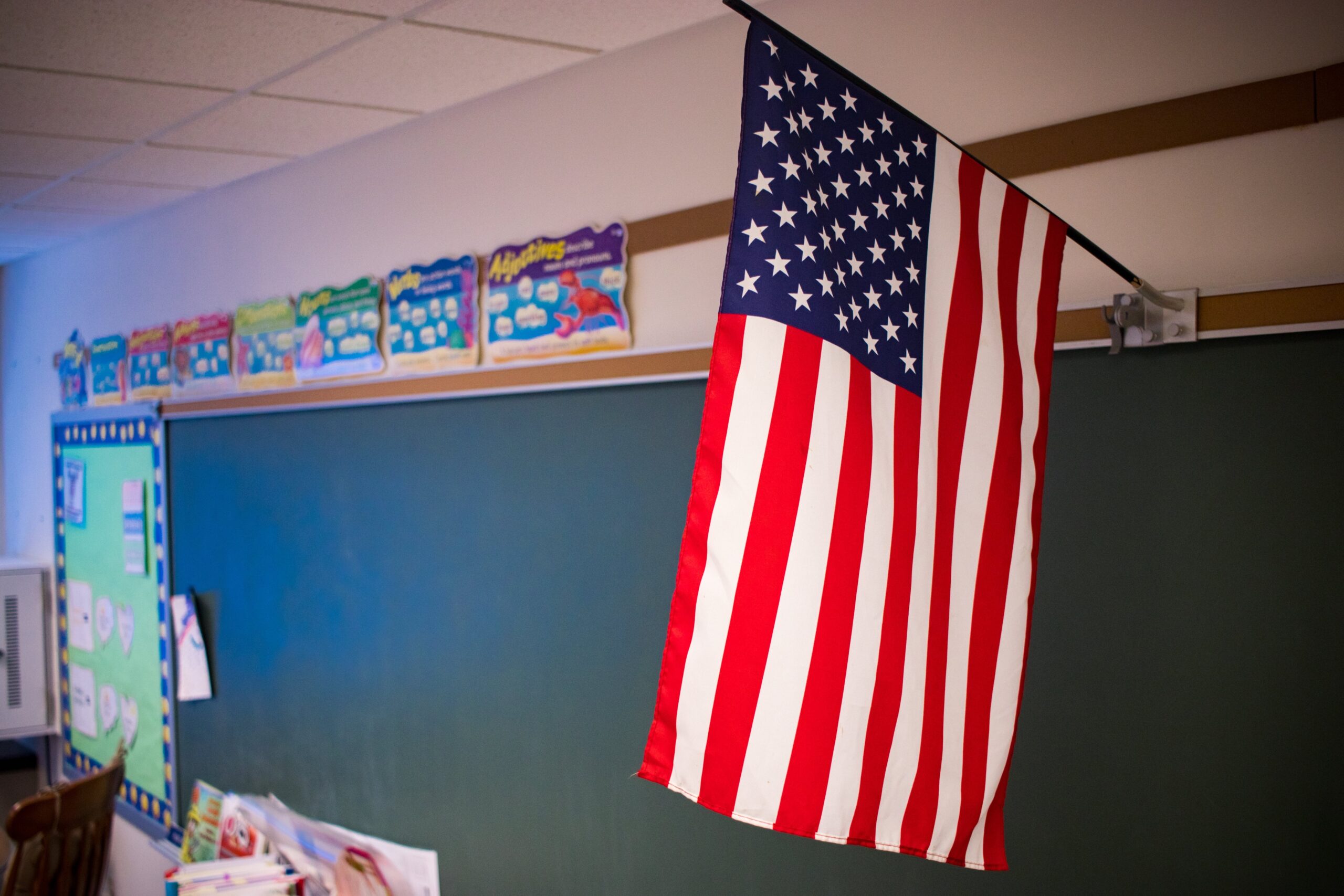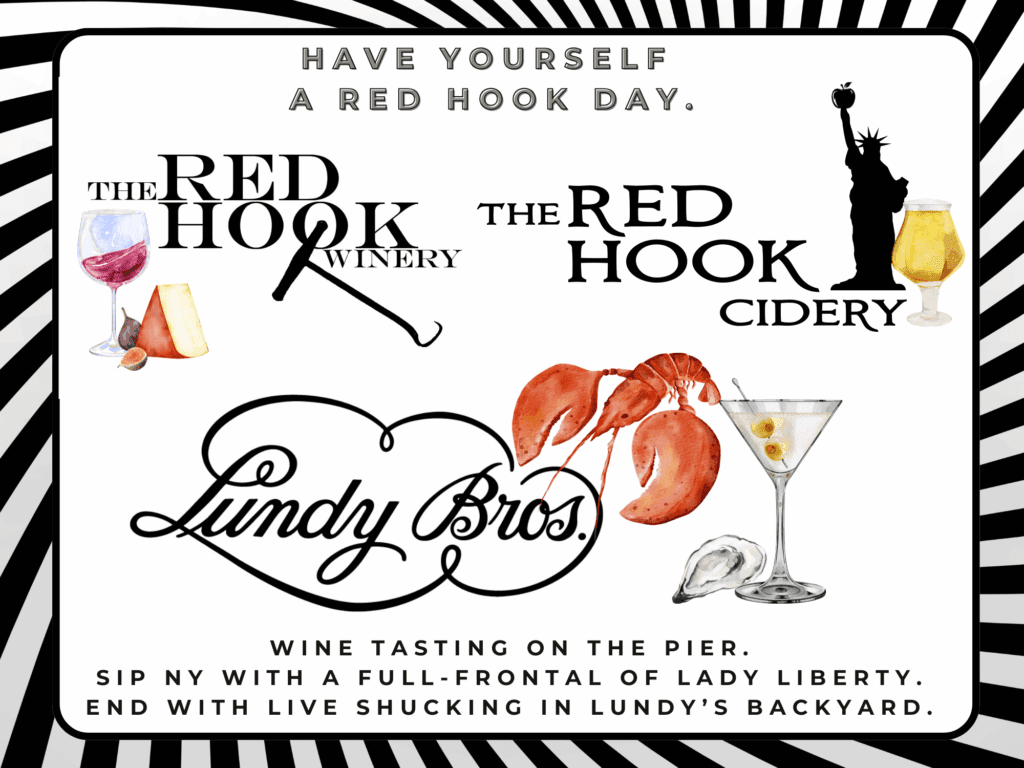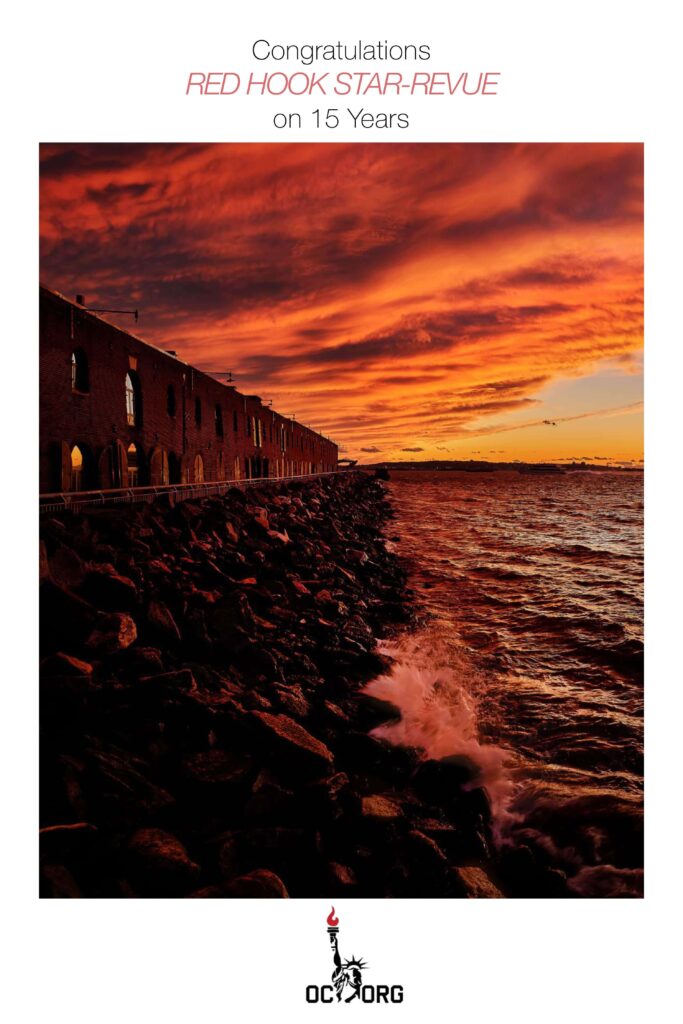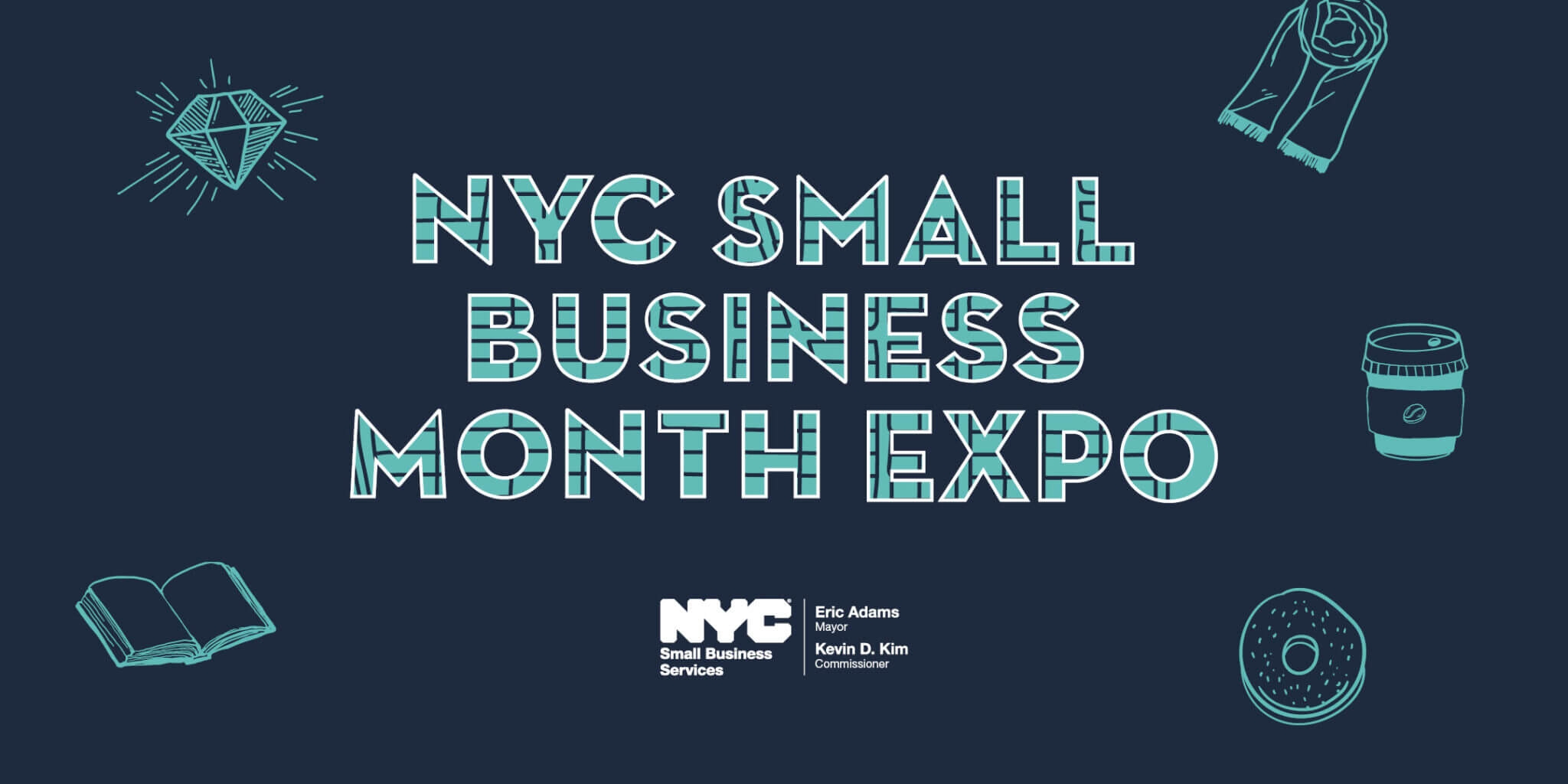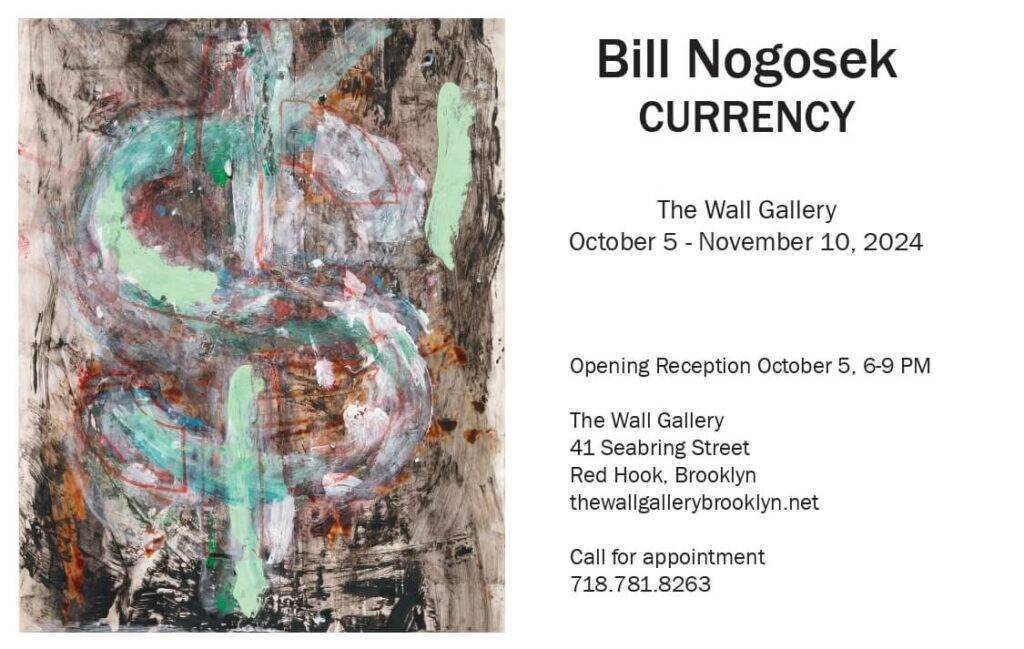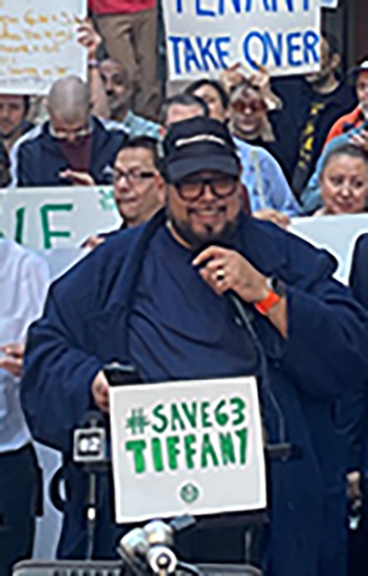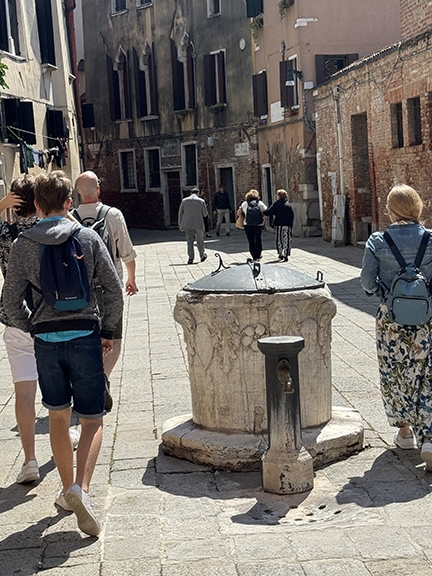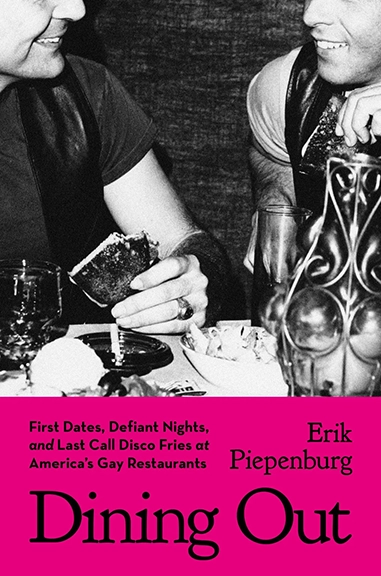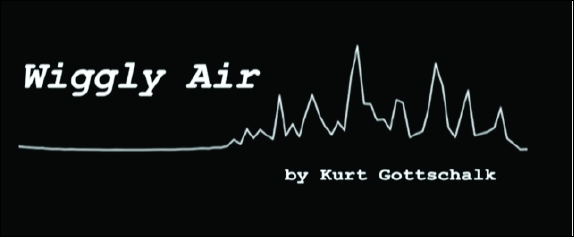“I pledge allegiance to the flag of the United States of America; and to the Republic for which it stands, one Nation under God, indivisible, with liberty and justice for all.”
As an educator, I’ve been saying the Pledge of Allegiance more or less every morning, five days a week for many of my thirty-four years of life. This means I say the pledge 180ish times in any given year. On the other hand, your average American citizen, after graduating from a public school, is rarely in a situation reciting the Pledge of Allegiance. Your average citizen might say the pledge a few times a year, perhaps at a sporting event. In fifth grade, I had the honor of reciting the pledge over the school loudspeaker, but I often mixed up the order saying “justice” before “liberty.” I remember being ashamed I couldn’t get the syntax down correctly yet also being proud I’d been chosen to conduct this daily honor.
The Pledge of Allegiance are words I know intimately even though I have no memory of learning them, no memory of being instructed – “and then you stand and put your hand over your heart.” They are words that promise so many things but also ask for our allegiance, too. Allegiance, loyalty and commitment – a verbal contract that we stand for our country.
In every classroom I’ve taught in, an American flag hangs in the corner. Stating the pledge is a federally required ritual of patriotism that most days, I don’t even register. 47 of the states require the pledge to be recited in public schools, although there are exemptions for students or staff who wish to opt out. As with most issues in U.S. politics, the gray area is varied and diverse from state to state. The history of exemptions goes back to the 1943 U.S. Supreme Court ruling, West Virginia V. Barnette, which determined that no school or government can compel someone to recite the Pledge of Allegiance or salute the flag. We Americans do like our freedoms as much as we’re constrained by them.
Most of us might be unaware of the pledge’s timeline and history – it was first created to celebrate Columbus Day in 1892, and written by Francis Bellamy, a Baptist minister and Christian Socialist. On December 22, 1942, fifty years later, Congress adopted the official manner of delivery – placing the right hand over the heart. This was because the previous stance, (one hand extended from the body) was too similar to the Nazi salute. The “Bellamy Salute” named after the original author, directs that “the right hand is extended gracefully, palm upward, toward the Flag.” I love this description, the notion that not only should we extend our hand, but it should be done so gracefully.
These days I find myself less and less inclined to participate in the pledge, mumbling the words halfheartedly under my breath, or not pausing at all, busying myself with printing last minute copies or taking attendance. Nobody seems to register my apathy. Most of my students, even though they’re bleary-eyed adolescents, dutifully rise and turn toward the corner of the room, hand over heart. They could be asleep for all the force put into their recitations. I wonder what they see when they look at the stars and stripes.
My students were born in the early 2000s and the world they’ve grown up in is vastly different then the mid-2000s background of my teenage years, populated by skinny jeans, 9/11, the War on Terror and Britney Spears. My teens years were in a world in which I wasn’t dependent on a cell phone and my parents didn’t track my every move. Gen Z now views millennial culture as toxic in its adherence to thin culture and penchant for pop music, but I’d argue those days were brighter and freer, less contaminated by the insidious spread of social media to every aspect of our lives. Yet here we are, standing and pledging just as we always have.
It’s not specifically America I’m disinterested in. These days it feels like our entire world is struggling – two vicious wars with no resolutions in sight, one rapidly warming climate, countless school shootings that are now poisonously spreading beyond America. Does pledging allegiance assert my American identity? Should this ritual that I ignore or do mindlessly provide solace? I think the answer is yes – or at least for me, from my privileged vantage point of safety and security.
For all of its faults, my America is safe. My basic needs are more than met. I drive to work in my reliable car with heated seats, I have hot water, plenty of food, access to fresh air and literature. Although I could use a higher salary, my husband and I are homeowners and have two dogs. I have access to love and knowledge and curiosity. My life ain’t so bad. Yet my reality isn’t accessible to millions of Americans.
The flag hanging in my room, although created to ensure an equal world for all, has a troubled past of living up to its heavy expectations for our Republic founded on ideals of democracy and freedom for all.
Instead of lingering on all of the issues I can’t solve from my classroom, maybe this moment of pledging should be a moment of introspection or reflection. A moment to be grateful for all that I do have.
A moment of hopefulness that things will get brighter, better, safer. After all, what is more patriotic than being grateful?
Author
Discover more from Red Hook Star-Revue
Subscribe to get the latest posts sent to your email.

